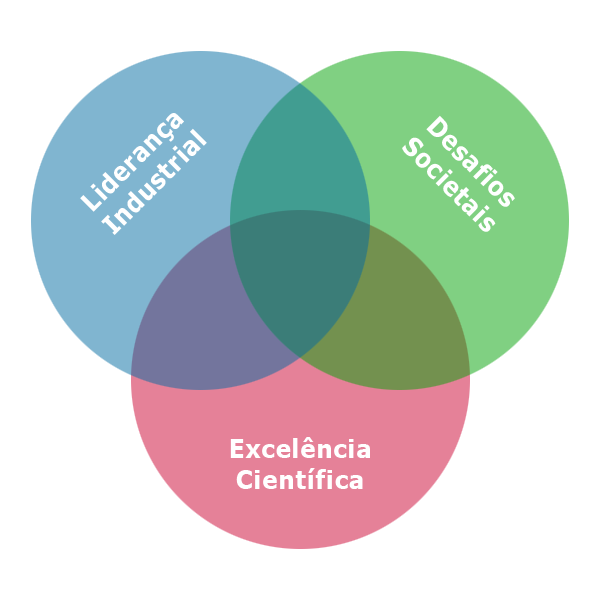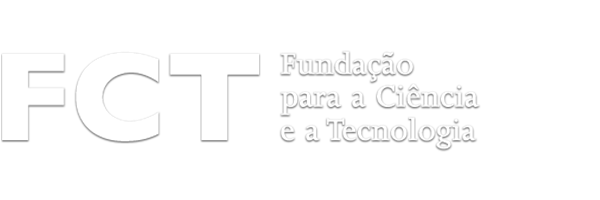Horizonte 2020
O Horizonte 2020 – Programa-Quadro Comunitário de Investigação & Inovação, com um orçamento global superior a 77 mil milhões de euros para o período 2014-2020, é o maior instrumento da Comunidade Europeia especificamente orientado para o apoio à investigação, através do cofinanciamento de projetos de investigação, inovação e demonstração. O apoio financeiro é concedido na base de concursos em competição e mediante um processo independente de avaliação das propostas apresentadas.
O H2020 é composto por três Pilares programáticos com âmbitos diferentes:
- Pilar I – Excelência Científica (com cerca de 32% do orçamento total);
- Pilar II – Liderança Industrial (correspondente a cerca de 22% do orçamento);
- Pilar III – Desafios Societais (com cerca de 39% do orçamento total).

O Horizonte 2020 conta ainda com cerca de 2% do seu orçamento total como contributo financeiro para o Joint Research Center da Comissão Europeia.
Para além destes três pilares, existem ainda outros instrumentos que representam, no total, cerca de 6% do orçamento do H2020. Estes programas promovem prioridades consideradas transversais a todo o Horizonte 2020, disponibilizando financiamento específico para promover a aproximação entre ciência e sociedade – Science with and for Society – e uma participação mais expressiva de alguns países europeus – Spreading Excellence and Widening Participation.
Adicionalmente, o programa EURATOM, destinado a atividades na área da energia nuclear, tem um orçamento, no âmbito do H2020, de 2,37 milhões de euros para o período de 2014 a 2020.



